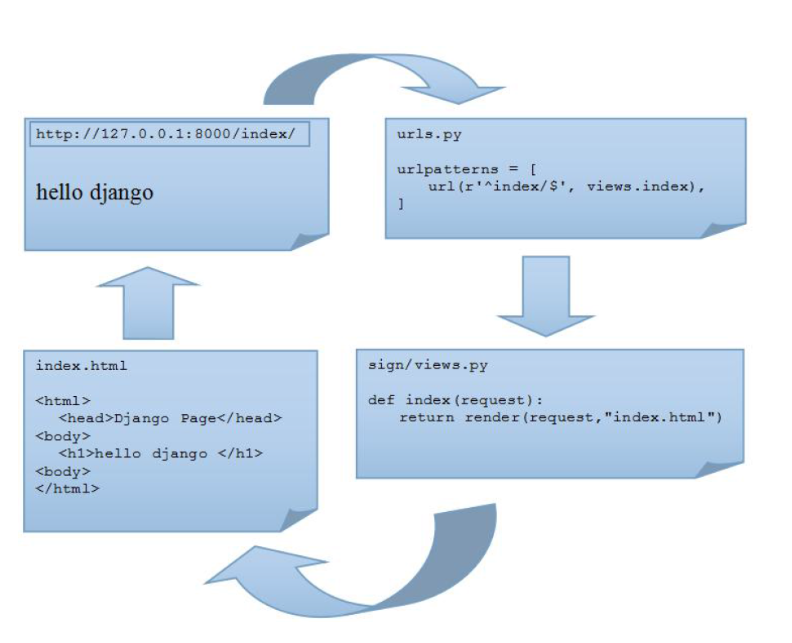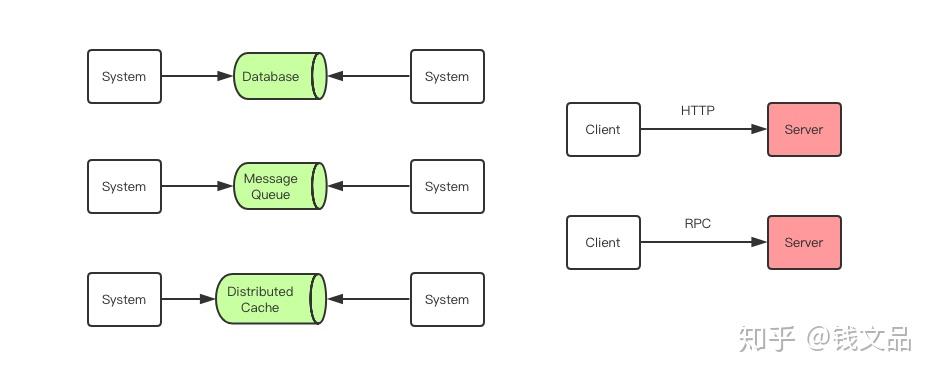I'm consolidating code written by two different people and notice that casting a String value into a Long has been done in two different ways.
Coder #1 has done this:
String strId = "12345678";
...
Long lId = new Long(strId);
While coder #2 has done this:
String strId = "12345678";
...
Long lId = Long.valueOf(strId);
Functionally, the code operates exactly the same. There's a try/catch block around each bit to handle any NumberFormatException that is thrown. The incoming string value is an 8 digit string that represents a decimal: "12345678" and in both cases it is correctly converted into Long.
Is there any functional difference between passing the string in the constructor and using Long.valueOf()? I've checked the constructor doc here:
Long(java.lang.String)
and the docs for valueOf() here:
Long.valueOf(java.lang.String)
As far as I can tell, they both call parseLong() so it doesn't matter which is used. I just want to make sure I'm not setting myself up for some strange behavior further down the road. Also, is either style more "correct" (haha) than the other?
The difference is that using new Long() you will always create a new object, while using Long.valueOf(), may return you the cached value of long if the value is between [-128 to 127].
So, you should prefer Long.valueOf method, because it may save you some memory.
If you see the source code for Long.valueOf(String), it internally invokes Long.valueOf(long), whose source code I have posted below: -
public static Long valueOf(String s) throws NumberFormatException
{
return Long.valueOf(parseLong(s, 10));
}
public static Long valueOf(long l) {
final int offset = 128;
if (l >= -128 && l <= 127) { // will cache
return LongCache.cache[(int)l + offset];
}
return new Long(l);
}
Long.valueOf() should be preferred: it returns cached values of Long for some often-used values instead of constructing a new instance as the constructor does.
Even if some Java versions don't use a cache, using valueOf() makes it possible in future versions, whereas the constructor will always create a new instance.
They mean the same
public static Long valueOf(String s) throws NumberFormatException{
return new Long(parseLong(s, 10));
}
public Long(String s) throws NumberFormatException {
this.value = parseLong(s, 10);
}
Source JDK 6.0
Both do parseLong(String, int) internally (int being radix with value as 10), but valueOf has advantage as documented below:
If a new Long instance is not required, this method should generally be used in preference to the constructor Long(long), as this method is likely to yield significantly better space and time performance by caching frequently requested values.
This is the PMD plugin out put which is run on eclipse
Code I checked is
Long l = new Long("123456");
In JDK 1.5, calling new Long() causes memory allocation. Long.valueOf() is more memory friendly.
i am thinking how to change range and size of the cache for our application, overloaded with Longs;
such change is not supported by j2se api
One way is to change loaded java byte code with ClassLoader or even with JVMTI
(it allows to keep such trick out of the project, like external tuning)
or, may be, to create external cache and own static cachedValueOf()
which is straight forward, but the code depending on some not applicational needs is not nice




